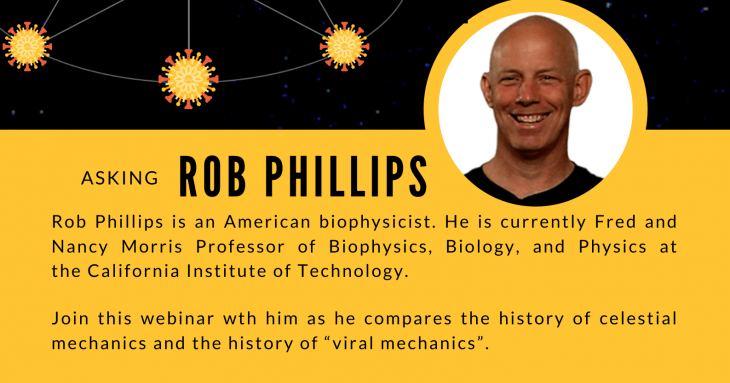-
A decade of a project to document India's butterflies gets more ambitious
Butterflies of India (IFoundButterflies.org), a website launched by Kunte in 2010, crowd-sources images to map and document butterflies in India.
-
Molecular route to bacterial evolution
“The world will not be inherited by the strongest; it will be inherited by those most able to change.”
This quote by evolutionary biologist Charles Darwin is quite appreciable in the microscopic world of bacteria and viruses.
Bacteria, in the natural world are swamped by a myriad of environmental stressors. Changes at the genetic level often beget bacterial adaptations to these challenges, helping them find a fine balance between growth and stress tolerance.
-
‘Vaccines for the 21st century’: Webinar by Prof. Gagandeep Kang
A webinar on “Vaccines for the 21st century” by Prof. Gagandeep Kang (clinical scientist and executive director of the Translational Health Science and Technology Institute, Faridabad) was organised on May 14, 2020 by COVIDGyan as a part of its “WebGyan” series. Prof. Kang is the first Indian woman scientist to be elected as a Fellow of the Royal Society. She has worked on vaccines for rotavirus infections and enteric diseases such as cholera and typhoid. -
Huge opportunity for India to step up vaccine production
Speaking at a webinar on ‘Vaccines for the 21st century” organised by the CovidGyan as part of its WebGyan series on Thursday, Dr.Kang stressed the need to deeply understand immune responses against new vaccines to ensure that people were protected against increased future risk.
-
Where is Euler Now That We Need Him: a webinar by Prof. Rob Phillips
Prof. Rob Phillips (Caltech) took the audience through a fascinating journey of viral dynamics in the webinar, ‘Where is Euler Now That We Need Him?’. Prof. Phillips used questions which have arisen in biology and physics to illuminate the current systems of understanding the SARS-CoV-2 (COVID-19) pandemic. He dedicated the talk to an analogy between the history of celestial mechanics and the history of “viral mechanics”, harkening back to the 1750s when Euler, d’Alembert and Clairaut were engaged in a careful study of the lunar orbit.
-
A protocol for pooled RT-PCR testing of COVID-19
IIT Bombay researchers have developed an algorithm which can be used to help conduct pooled testing of samples for COVID-19. In order to validate this protocol – known as Tapestry Pooling – in vitro experiments using synthetic RNA and DNA fragments have been carried out by NCBS and inStem, Bengaluru, and Wyss Institute of Biologically Inspired Engineering, U.S. Further validation using clinical samples is under way.
-
Scientists use YouTube to reach vernacular audience
“ADAAB, the whole world is gripped by coronavirus and most important in the fight against it is correct news and information,” Manal Shakeel, doing her PhD in Biology, tells her Urdu audience on YouTube. She is among the 15 researchers from National Centre for Biological Sciences (NCBS), Bengaluru, who are reaching out to the vernacular audience with information on the spread of Covid-19, while trying to dispel myths around it.
-
Have developed compound that has potential to kill virus: Researchers
A team of scientists from the National Centre for Biological Sciences (NCBS), Institute for Stem Cell Science and Regenerative Medicine (InStem) and other research institutes in Bengaluru are developing new disinfection technology; efficient sampling and new pooled testing methods; and technologies to screen potential drugs to treat the virus.
-
B'luru-based US researcher studying anosmia, Covid-19 link
"We have formed a group of more than 600 clinicians, neurobiologists, data scientists, cognitive scientists, sensory researchers, and technicians from 50 countries to develop a common voluntary survey to determine if loss or change of smell or taste is a reliable symptom to indicate (Covid-19) infection," Shannon B. Olsson, the city-based American researcher, told IANS.
-
Meet Salazar’s pit viper – a new snake species named after the parseltongue wizard
The study, published in the journal Zoosytematics and Evolution, describes the new species of green pit viper,
















